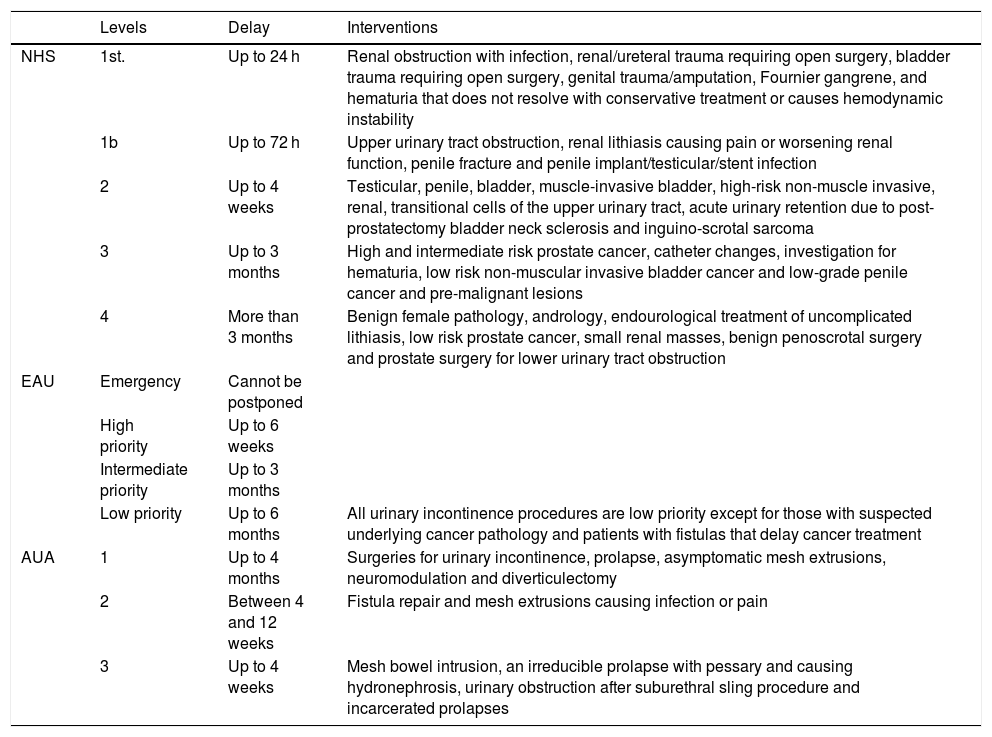Información de la revista
Vol. 44. Núm. 8.
Páginas 519-522 (octubre 2020)
Compartir
Descargar PDF
Más opciones de artículo
Vol. 44. Núm. 8.
Páginas 519-522 (octubre 2020)
Editorial
Functional urology surgery and SARS-CoV-2: How and why surgical activity should be resumed now, adapting to the new reality
Cirugía urológica funcional y SARS-CoV-2: cómo y por qué hay que retomar ya la actividad quirúrgica adaptados a la nueva realidad
Visitas
208
H Garde-García
, R González-López, C. González-Enguita
Autor para correspondencia
Servicio de Urología, Hospital Universitario Fundación Jiménez Díaz, Madrid, Spain
Este artículo ha recibido
Información del artículo
Opciones para acceder a los textos completos de la publicación Actas Urológicas Españolas (English Edition)
Suscriptor
Suscribirse
Comprar
Contactar
Teléfono para suscripciones e incidencias
De lunes a viernes de 9h a 18h (GMT+1) excepto los meses de julio y agosto que será de 9 a 15h
Llamadas desde España
932 415 960
Llamadas desde fuera de España
+34 932 415 960
E-mail







